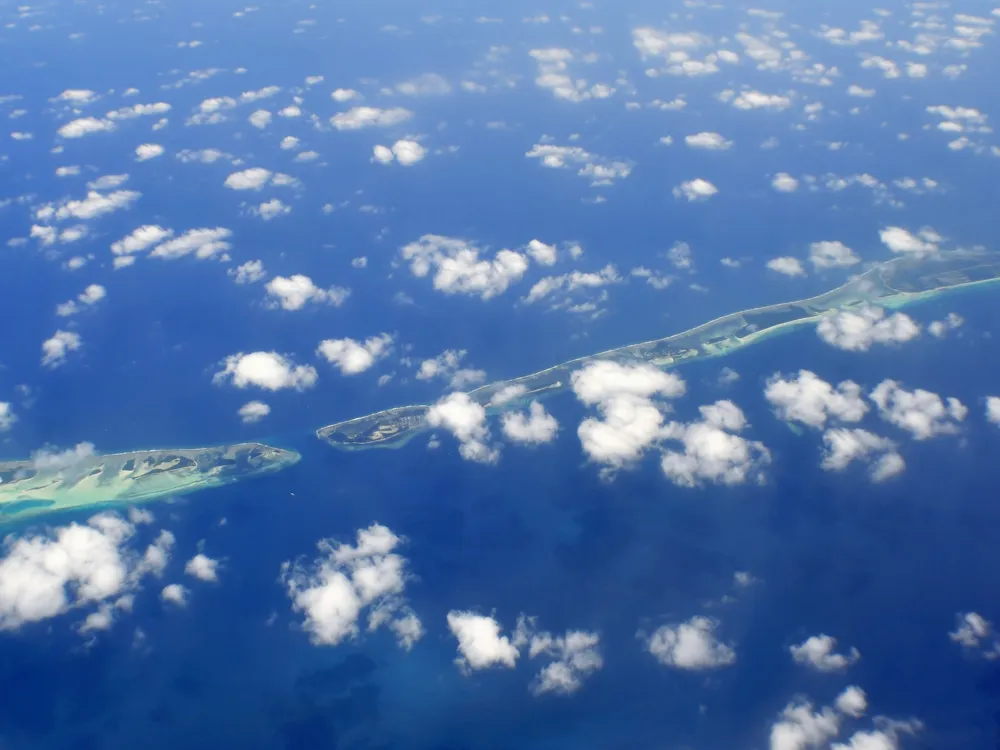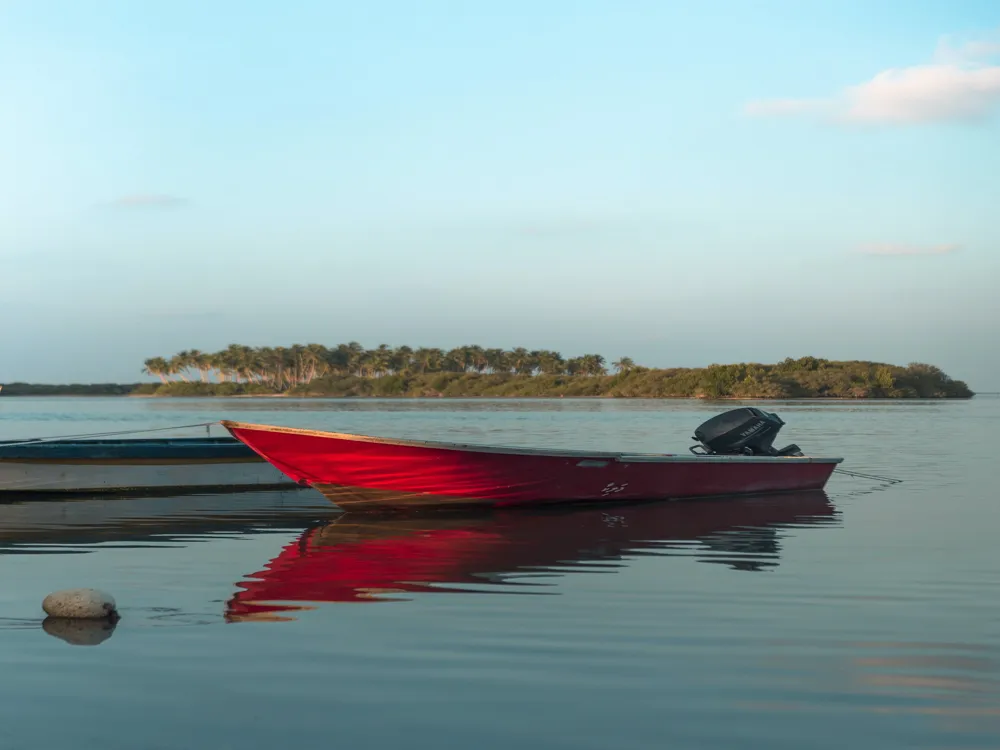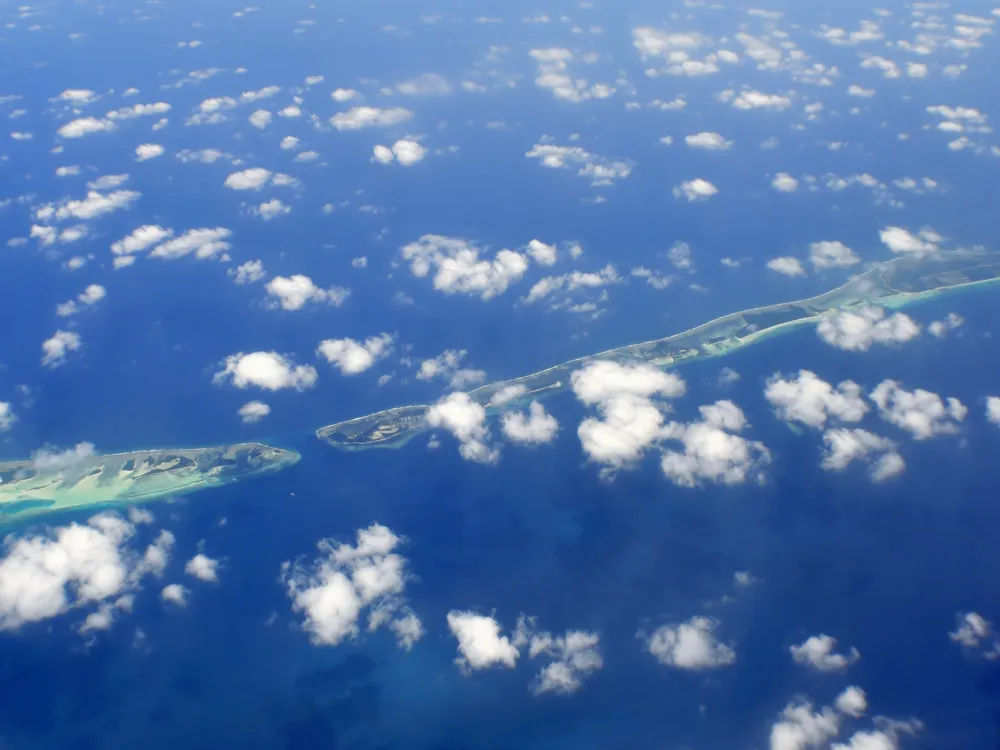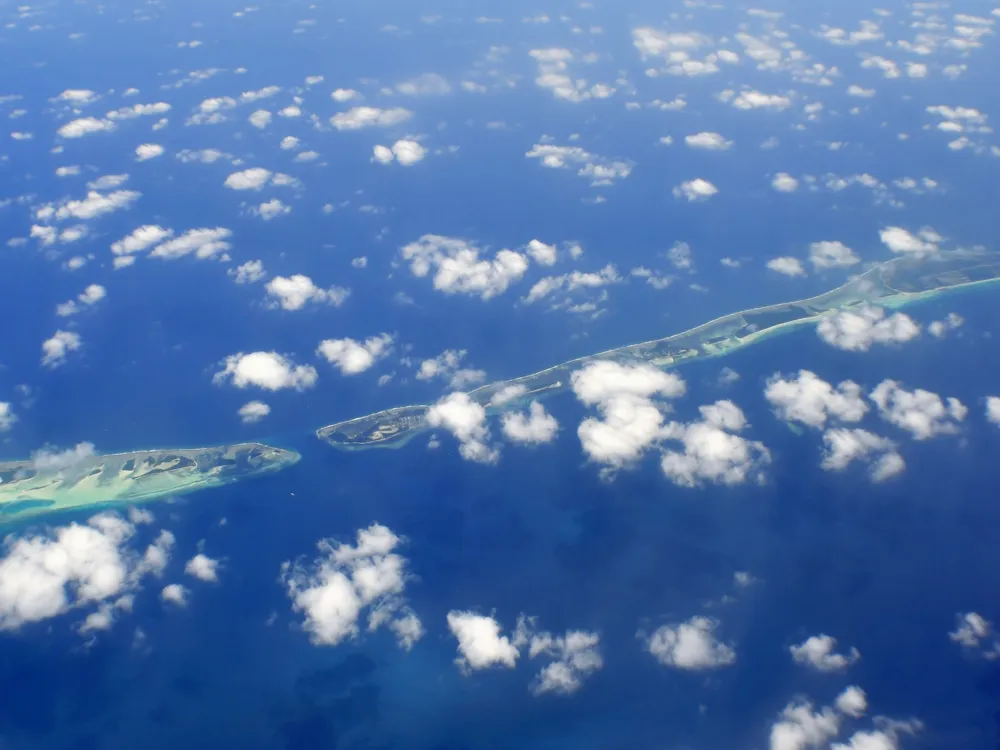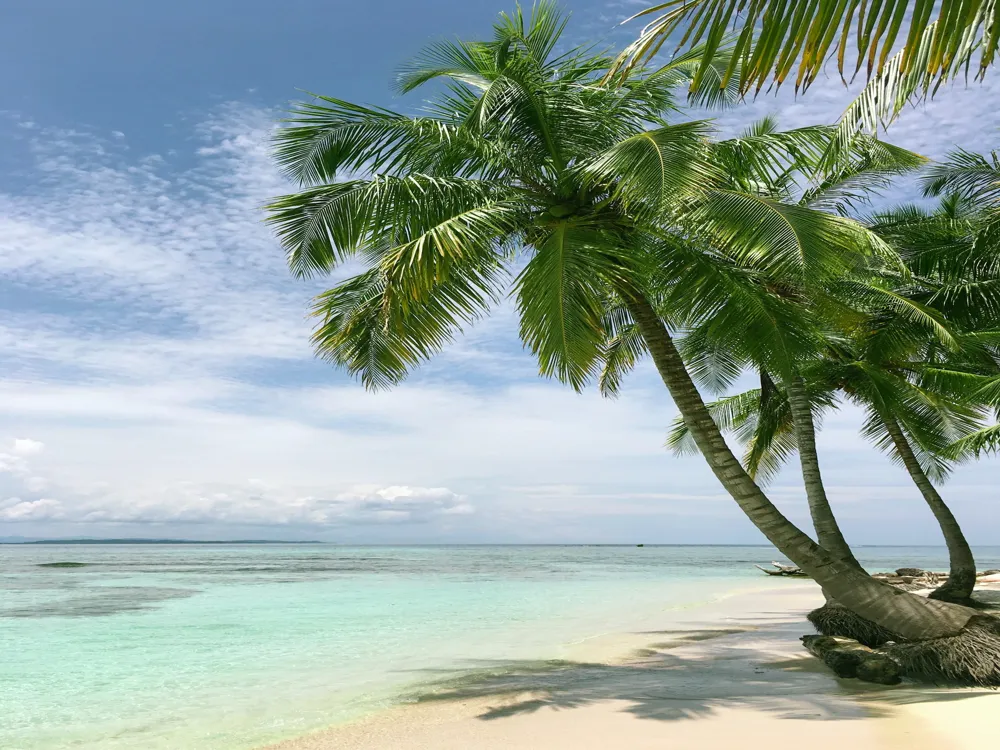Nestled in the serene landscapes of the Maldives, the Kalhu Vakaru Mosque stands as a testament to the rich cultural and religious heritage of the island nation. This mosque, a gem in Maldivian architecture, reflects the intricate craftsmanship and religious significance that have been preserved over centuries. It is not just a place of worship but a symbol of the Maldivian identity, deeply rooted in the Islamic faith. The Kalhu Vakaru Mosque, often hailed as a masterpiece of Maldivian religious architecture, has a history that dates back several centuries. The exact date of its construction remains a topic of interest among historians, but it is widely believed to have been built during the 12th century. The mosque is a pivotal part of the Maldives' Islamic tradition, representing the conversion of the island nation to Islam and its subsequent development in religious practices and community life. Over the years, the Kalhu Vakaru Mosque has not only served as a spiritual haven for the local community but has also attracted scholars, historians, and tourists from around the world. Its unique architectural style, which combines elements of traditional Maldivian and Islamic architecture, has been a subject of fascination and study. The mosque's importance goes beyond its religious function, serving as a beacon of Maldivian history, culture, and art. The structure of the Kalhu Vakaru Mosque is a remarkable example of the skilled craftsmanship of Maldivian artisans. Constructed primarily from coral stone, a material prevalent in the Maldives, the mosque showcases intricate carvings and detailed artwork. These carvings are not merely decorative but are imbued with religious and cultural symbolism, reflecting the deep spiritual connection of the Maldivian people with their faith and heritage. As a living piece of history, the Kalhu Vakaru Mosque continues to play a vital role in the community. It is not only a place for daily prayers and religious gatherings but also a center for Islamic learning and cultural events. The mosque's role in the community has evolved over the years, adapting to the changing needs of society while maintaining its historical and religious significance. The architecture of Kalhu Vakaru Mosque is a fascinating blend of Maldivian and Islamic architectural styles, making it a unique landmark in the Maldives. The mosque's design is a reflection of the island's historical and cultural influences, particularly the introduction of Islam to the region. The fusion of local and Islamic architectural elements has resulted in a distinctive style that is both functional and aesthetically pleasing. One of the most striking features of Kalhu Vakaru Mosque is its use of coral stone in construction. This locally sourced material is not only abundant in the Maldives but also holds cultural and historical significance. The coral stone is carefully carved with intricate Islamic motifs and patterns, showcasing the extraordinary skill of Maldivian craftsmen. These carvings are not just decorative; they are deeply symbolic, often containing verses from the Quran and Islamic calligraphy. The layout of the mosque is typically Maldivian, with a simplistic yet elegant design. The main prayer hall is spacious, allowing for a large congregation. The mihrab, indicating the direction of Mecca, is a focal point in the prayer hall, beautifully adorned with carvings and Arabic calligraphy. The mosque also features a minaret, a common element in Islamic architecture, used for the call to prayer. The roof of the Kalhu Vakaru Mosque is another aspect of its architectural marvel. Made from thatched palm leaves, a traditional Maldivian roofing material, it provides a natural cooling effect, essential in the tropical climate of the Maldives. This eco-friendly approach to architecture not only respects the environment but also reflects the sustainable practices of traditional Maldivian construction. The interior of the mosque is a harmonious blend of simplicity and elegance. The use of natural light and ventilation creates a serene and contemplative atmosphere, ideal for prayer and meditation. The mosque's interior is devoid of extravagant decorations, adhering to the Islamic principle of simplicity. The floor is covered with mats, and the walls are adorned with modest yet meaningful Islamic art, creating a space that is both spiritual and welcoming. In summary, the architecture of Kalhu Vakaru Mosque is a testament to the ingenuity and skill of Maldivian craftsmen. It stands as a symbol of the island's Islamic heritage and cultural identity, blending local materials and techniques with Islamic architectural principles. This unique combination has resulted in a mosque that is not only a place of worship but also a masterpiece of architectural design. When visiting the Kalhu Vakaru Mosque, it is important to dress modestly, respecting the Islamic customs and traditions. Visitors should wear clothing that covers their shoulders and knees. Women are advised to bring a headscarf to cover their hair while inside the mosque. Visitors should be aware of the Islamic prayer times and avoid visiting the mosque during these times, as it is primarily a place of worship for the local Muslim community. It's best to plan your visit outside the prayer times to ensure that your visit does not disrupt the worshippers. While photography may be allowed, it is important to ask for permission before taking pictures, especially of the worshippers. Some areas of the mosque might be off-limits for photography. It’s advisable to respect these guidelines to maintain the sanctity of the mosque. To fully appreciate the history and architecture of Kalhu Vakaru Mosque, consider taking a guided tour. Knowledgeable guides can provide insights into the mosque’s history, architecture, and cultural significance, enhancing your visit. Visitors should maintain a respectful demeanor inside the mosque. This includes speaking softly, not eating or drinking inside the prayer areas, and turning off mobile phones or keeping them on silent mode. Reaching Kalhu Vakaru Mosque in the Maldives can be an adventure in itself, given the unique geography of the island nation. The mosque is accessible by various modes of transportation, depending on your location and budget. The most common way to reach the mosque is by boat, as the Maldives is an archipelago with many islands separated by water. Local ferries and speedboats operate regularly between islands, offering an affordable and scenic route to the mosque. Read More:Overview of Kalhu Vakaru Mosque
Architecture of Kalhu Vakaru Mosque
Tips When Visiting Kalhu Vakaru Mosque
Dress Appropriately
Respect Prayer Times
Photography Guidelines
Guided Tours
Behavior Inside the Mosque
How To Reach Kalhu Vakaru Mosque
Kalhu Vakaru Mosque
Maldives
₹ 34,250 onwards
View maldives Packages
Maldives Travel Packages
View All Packages For Maldives
Top Hotel Collections for Maldives

Private Pool

Luxury Hotels

5-Star Hotels

Pet Friendly
Top Hotels Near Maldives
Other Top Ranking Places In Maldives
View All Places To Visit In maldives
View maldives Packages
Maldives Travel Packages
View All Packages For Maldives
Top Hotel Collections for Maldives

Private Pool

Luxury Hotels

5-Star Hotels

Pet Friendly








